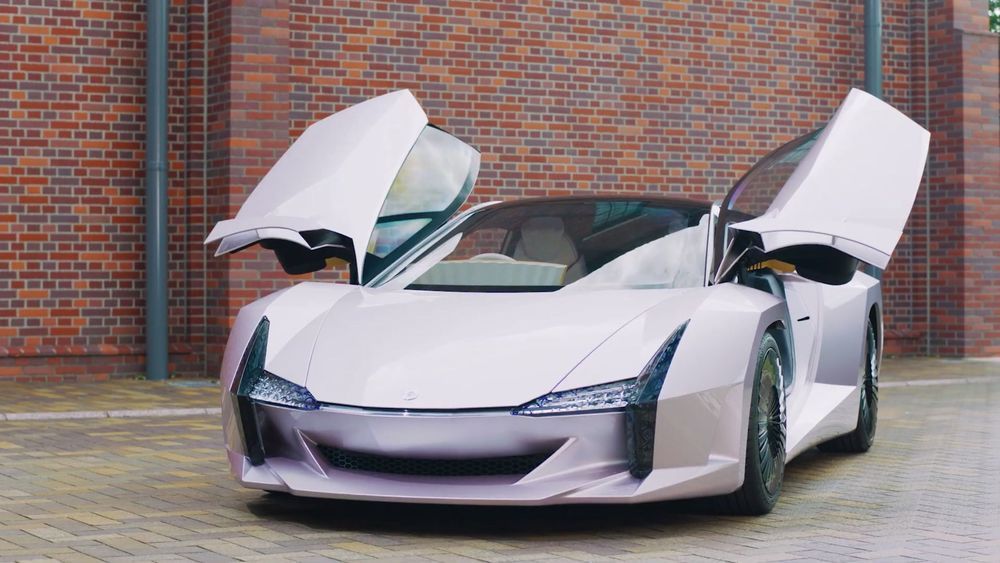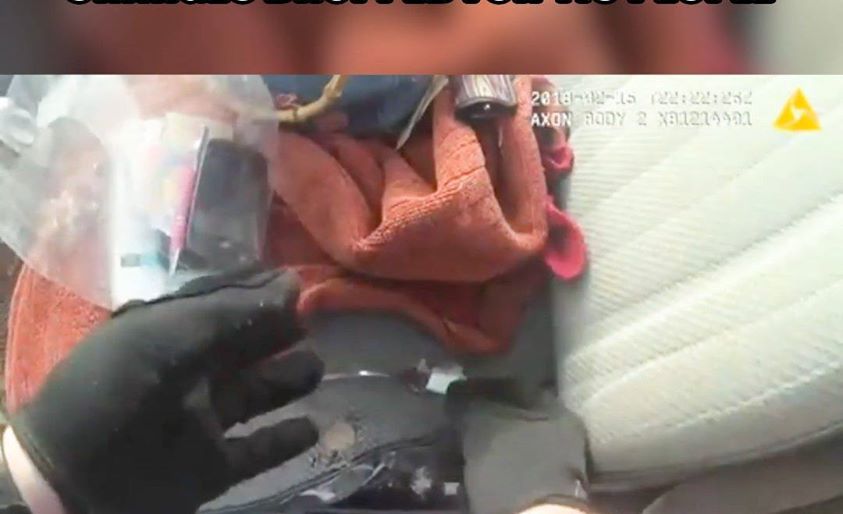No one knows how long it has been drifting through the empty, cold abyss of interstellar space. But this year an object called comet 2I/Borisov came in from the cold. It was detected falling past our Sun by a Crimean amateur astronomer. This emissary from the black unknown captured the attention of worldwide astronomers who aimed all kinds of telescopes at it to watch the comet sprout a dust tail. The far visitor is only the second known object to enter our solar system coming from elsewhere in the galaxy, based on its speed and trajectory. Like a racetrack photographer trying to capture a speeding derby horse, Hubble took a series of snapshots as the comet streaked along at 110,000 miles per hour. Hubble provided the sharpest image to date of the fleeting comet, revealing a central concentration of dust around an unseen nucleus. The comet was 260 million miles from Earth when Hubble took the photo.
In 2017, the first identified interstellar visitor, an object formally named ‘Oumuamua, swung within 24 million miles of the Sun before racing out of the solar system. Unlike comet 2I/Borisov, ‘Oumuamua still defies any simple categorization. It did not behave like a comet, and it has a variety of unusual characteristics. Comet 2I/Borisov looks a lot like the traditional comets found inside our solar system, which sublimate ices, and cast off dust as they are warmed by the Sun. The wandering comet provides invaluable clues to the chemical composition, structure, and dust characteristics of planetary building blocks presumably forged in an alien star system.
For more information: https://www.nasa.gov/feature/goddard/2019/hubble-observes-1s…lar-comet/







